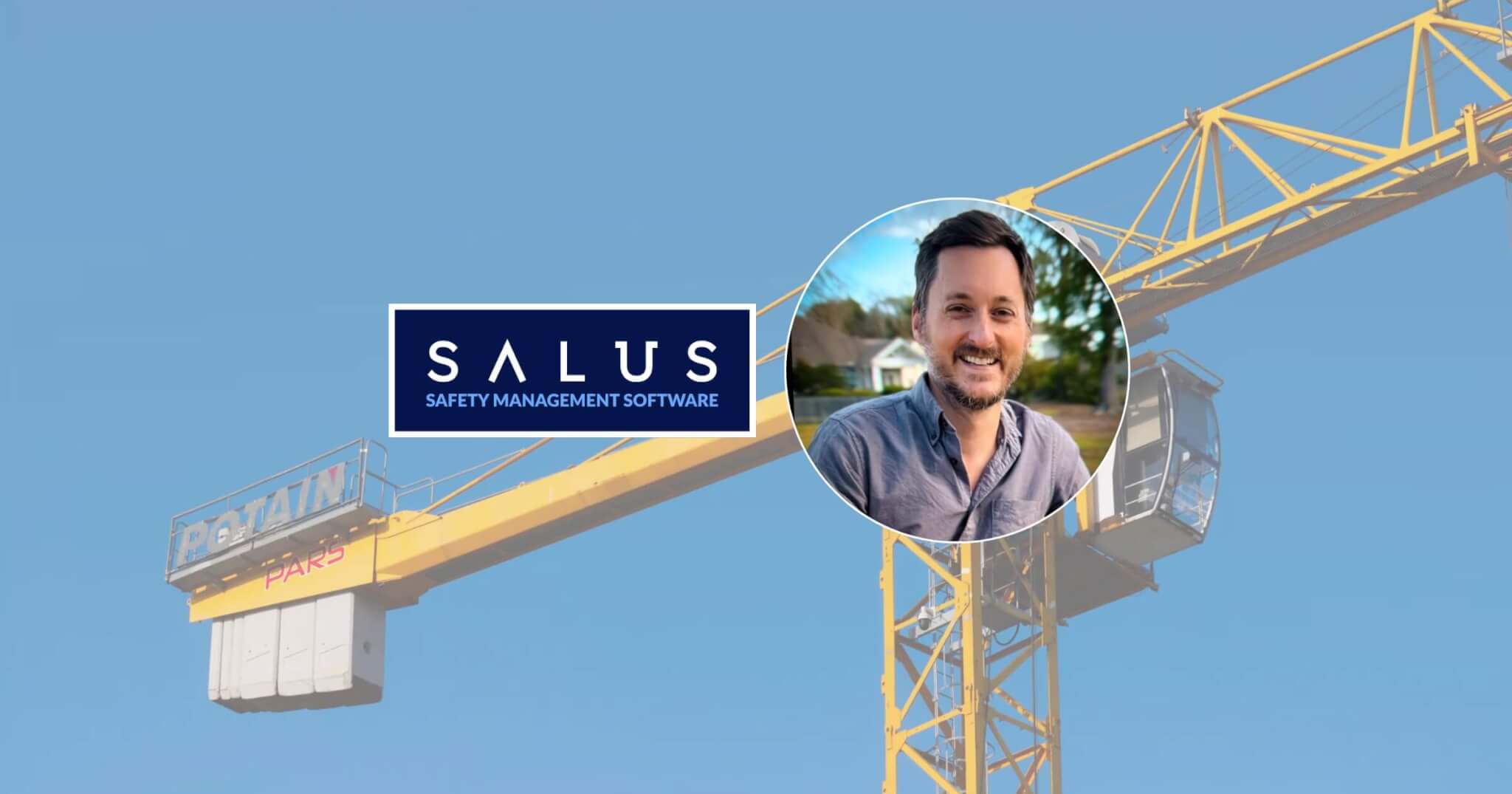When job site safety is on the line, it’s not just about the hard hats—it’s about what’s happening under them. As pressure mounts in the construction industry with short timelines, labor shortages, and tight margins, safety is often overlooked. Mental health and emotional fitness are now central to keeping crews safe. For Ian Gray, Account Executive at Salus and a passionate advocate for culture-first safety, it’s time to move past surface-level awareness and get serious about solutions.
We sat down with Ian ahead of Construction Safety Week to talk about mindset, mental fitness, and why a single breath might be the best tool in your safety kit.
Under the Hard Hat: Construction Safety Week is here—again. Are we doing enough, or are these conversations starting to feel like déjà vu?
Ian Gray: I’ll be honest—every May, we roll out the banners, talk about mental health, and then… June 1st hits. Crickets. We don’t need more awareness. We need action. Telling people that suicide is a problem isn’t the same as giving them tools to manage their mental fitness on the jobsite. And for executives, the most impactful thing they can do isn’t another toolbox talk—it’s making sure their people are mentally sound and supported every day.
UTHH: You’ve talked before about “cognitive chaos” as a hidden risk. Can you explain what that means?
IG: Sure. If we think about lagging indicators, which tell us what’s already happened, then leading indicators give us a chance to influence what happens next. Everyone talks about leading indicators in safety, like doing a safety walkthrough. But the ultimate leading indicator is the mindset your crew brings to the job that morning. Are they distracted? Overwhelmed? Burned out? That mental state—what I call cognitive chaos—can directly impact decision-making. And in construction, bad decisions aren’t just costly. They’re dangerous.
UTHH: So we’re not just talking hard hats and harnesses anymore. You’re saying safety is also emotional and psychological.
IG: Exactly. Think about it: If someone’s going through a breakup, worried about money, or dealing with anxiety, that’s what they’re carrying into the trench. And I don’t want to be walking under scaffolding while that person is making critical picks. This isn’t about being soft. It’s about performance. High-stakes roles demand mental clarity—and that takes training.
UTHH: Let’s talk about that training. What does it look like in real life?
IG: It’s called mental fitness and is very different from therapy. It’s proactive. It’s practical. We’re talking about teaching teams how to pause, breathe, and reset their nervous systems under pressure. One technique we use is called the “BAMO” breath—short for Breathe And Move On. It’s simple, but powerful. A breath between stimulus and response can be the difference between a mistake and a sound decision.
UTHH: You’ve worked with a lot of crews and execs. What’s the biggest blind spot you still see out there?
IG: It’s assuming everything’s fine if someone isn’t speaking up. The real blind spot is what you can’t see—what people are dealing with mentally. There’s still a stigma around asking for help. And on top of that, a lot of job sites don’t even provide a physical space where someone could take a moment if they needed to. We need both mental and physical safe spaces on site.
UTHH: Is the culture shifting at all? Are you seeing any glimmers of hope?
IG: Yeah, definitely. Slowly. I think companies are starting to understand that protecting the worker is protecting the business. It used to be all about reducing liability. Now, more leaders are realizing that when your team is mentally strong, the ripple effect is massive: fewer mistakes, less burnout, better outcomes. But we need to keep that momentum going, not just during safety week.
UTHH: Last question: if you could send one message to the industry right now, what would it be?
IG: Despite what the stats say, people care. A lot of good things are happening out there—we just don’t talk about them enough. So, to the folks closest to the point of consequence: keep going. Keep showing up. Your wins far outweigh the challenges, and there are people out here who’ve got your back.
For those interested in the breathing technique mentioned in the interview, below is a quick breakdown of how to do it.
BAMO—The easiest safety tool you’re not using
BAMO stands for Breathe And Move On.
It’s a technique Ian Gray teaches as part of mental fitness training—and it’s as simple as it is effective. When stress hits (and it will), the BAMO breath is a moment to reset the body’s fight-or-flight response and make space for better decision-making.
Here’s how to try it next time you’re under stress:
- Pause. Don’t react right away.
- Take a deep breath. Inhale through your nose, hold for a few seconds, and exhale slowly.
- Reset. Feel your heart rate slow. Let go of the noise.
- Move on with more clarity and control.
Use it before a critical pick, in a heated moment, or anytime your crew is stepping into a high-stakes task. One breath can make all the difference.
If you enjoyed reading this interview, don’t miss out on the next one! We regularly feature some of the top voices in construction on our website and newsletter, giving you insights from the leading industry professionals.



1 comment